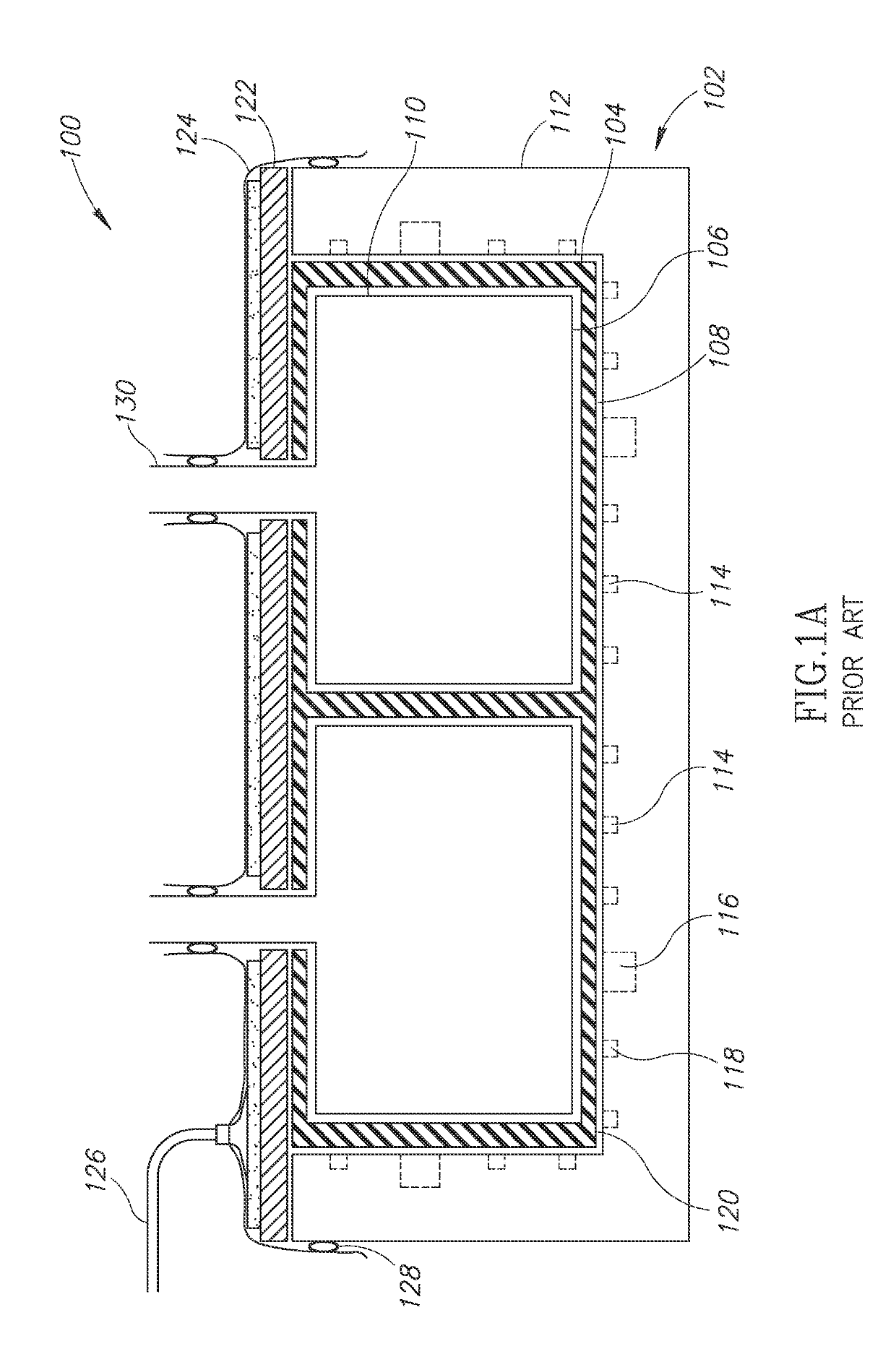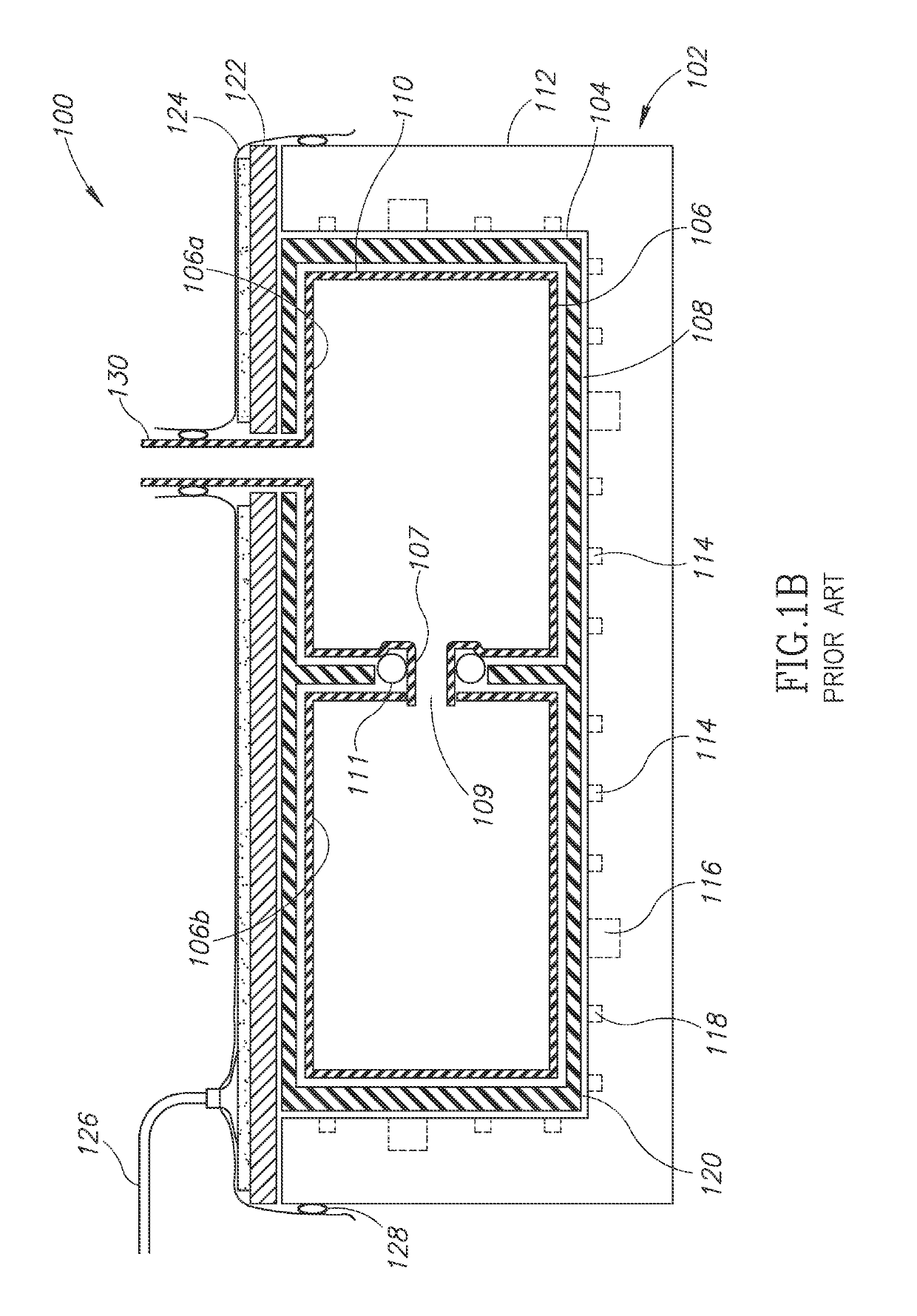Composite structures having embedded mechanical features
a composite structure and mechanical feature technology, applied in the field of fiber reinforced composite structures, can solve the problems of poor mechanical properties when machined or drilled, significant weakening, and engineering art that requires considerable skill, and achieves the effects of minimizing structural weight, minimizing buckling, warping, distortion, and minimizing structural weigh
- Summary
- Abstract
- Description
- Claims
- Application Information
AI Technical Summary
Benefits of technology
Problems solved by technology
Method used
Image
Examples
Embodiment Construction
[0046]In the following description, certain specific details are set forth in order to provide a thorough understanding of various embodiments of the invention. However, one skilled in the art will understand that the invention may be practiced without these details. In other instances, well-known structures associated with composite structures, the tooling to produce the same, and methods of making, configuring and / or operating any of the above have not necessarily been shown or described in detail to avoid unnecessarily obscuring descriptions of the embodiments of the invention.
[0047]The present invention is generally directed to the inclusion of mechanical features within a composite structure. U.S. patent application Ser. Nos. 11 / 835,261; 12 / 176,981; 12 / 330,391; and 12 / 565,602 describe how pressurizable members may be arranged to produce complex-shaped composite assemblies and / or structures, and those patent applications are hereby incorporated by reference in their entireties. ...
PUM
| Property | Measurement | Unit |
|---|---|---|
| structure | aaaaa | aaaaa |
| mechanical | aaaaa | aaaaa |
| internal pressure | aaaaa | aaaaa |
Abstract
Description
Claims
Application Information
 Login to View More
Login to View More - R&D
- Intellectual Property
- Life Sciences
- Materials
- Tech Scout
- Unparalleled Data Quality
- Higher Quality Content
- 60% Fewer Hallucinations
Browse by: Latest US Patents, China's latest patents, Technical Efficacy Thesaurus, Application Domain, Technology Topic, Popular Technical Reports.
© 2025 PatSnap. All rights reserved.Legal|Privacy policy|Modern Slavery Act Transparency Statement|Sitemap|About US| Contact US: help@patsnap.com



